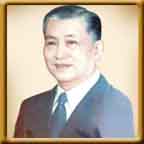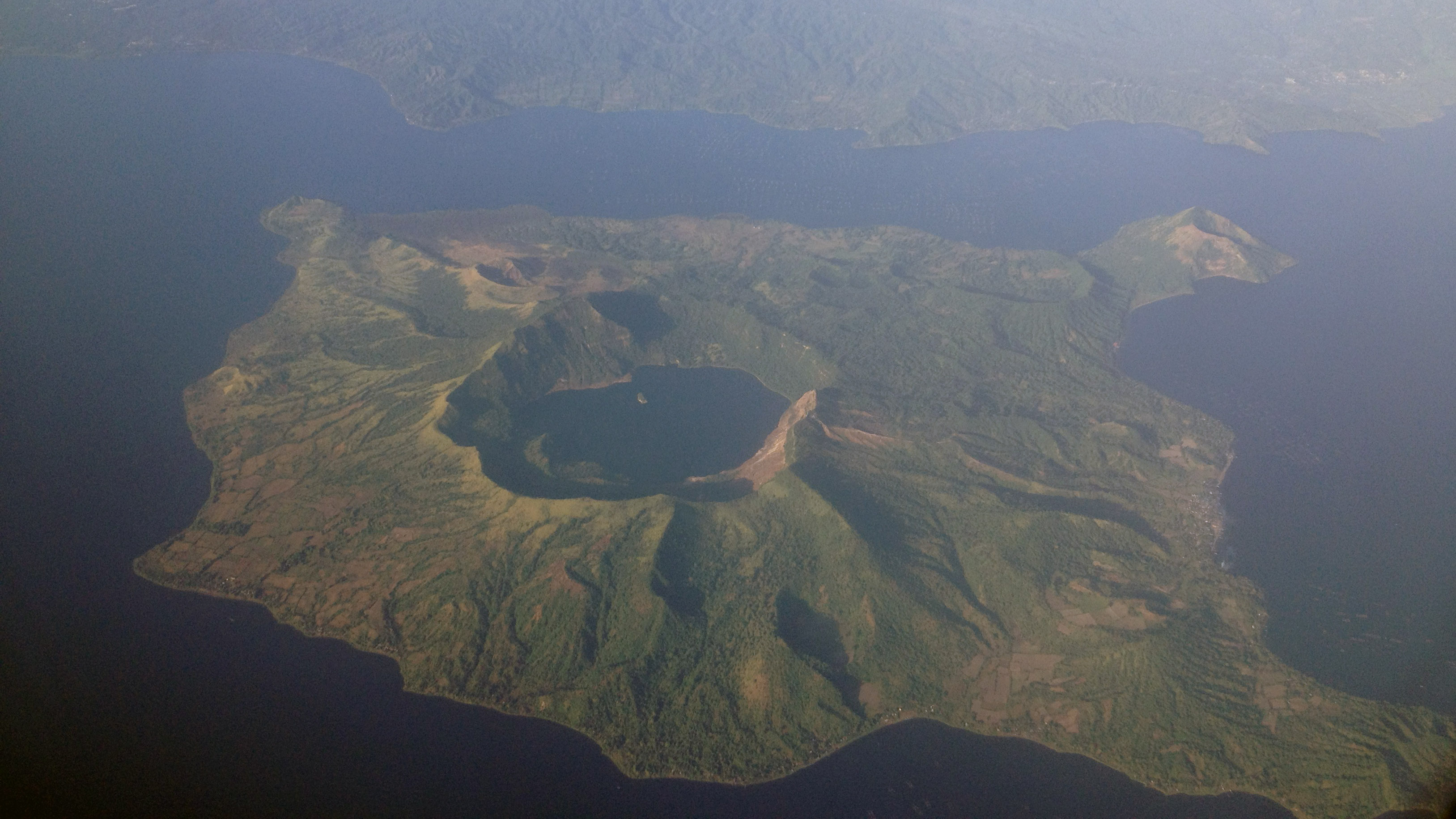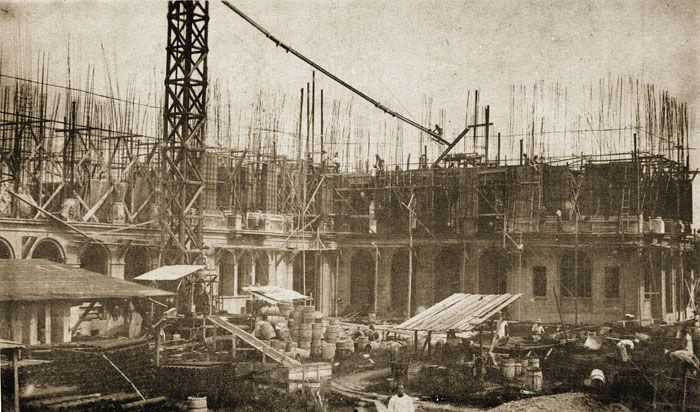|
Rizal Institute - Canlubang
Rizal Institute (also known as R.I.) is a secondary non-sectarian private school in Canlubang. Founded by Hon. Jose H. Yulo Sr. in 1949, the school was formerly known as Rizal Institute Don Bosco or RIDB. The first director of the school was Ms. Constancio Gabriel with Ms. Josefa M. Tobias as the first principal. In 1960, through the efforts of Fr. Gualberto La Torre, the school administration changed hands to the Salesians and became the Rizal Institute Don Bosco Canlubang. The first director from the Salesians was Fr. Jolus Buchta. In 2003, after 43 years under the Salesians, the school administration was handed over to an alumnus, Mr. James Robert H. de Guia, a graduate of De La Salle University De La Salle University ( fil, Pamantasang De La Salle or Unibersidad ng De La Salle), also referred to as DLSU, De La Salle or La Salle, is a private university, private, Catholic Church, Catholic coeducational research university run by the I .... History Mr. Yulo conceived th ... [...More Info...] [...Related Items...] OR: [Wikipedia] [Google] [Baidu] |
Canlubang
Canlubang is a major industrial zone located in the province of Laguna, southwest of Metro Manila in the Philippines. It was once a hacienda during the Spanish colonial period. Canlubang straddles two component cities of Laguna: Cabuyao, Calamba and the municipality of Silang in Cavite. The official political unit with the name Canlubang is a barangay in Calamba City, Laguna. It is the largest and most populated barangay in Calamba. Canlubang covers major industrial zones. The Nuvali development of Ayala Land could be found in the barangay and extends to as far as Cabuyao and Santa Rosa, Laguna. History The history of Canlubang can be traced back to the 16th century. It was originally owned by a group of sangleys residing in Calamba. It was confiscated by the government and sold at a public auction to a peninsular Spaniard, Don Tomas de Andaya in 1678. It was then acquired by the Jesuits in 1759. When the Jesuits were expelled from the Philippines, the land was again confis ... [...More Info...] [...Related Items...] OR: [Wikipedia] [Google] [Baidu] |
Calabarzon
Calabarzon (), formally known as the Southern Tagalog Mainland, is an administrative region in the Philippines, designated as Region IV-A. The region comprises five provinces: Batangas, Cavite, Laguna, Quezon, and Rizal; and one highly urbanized city, Lucena. The region is the most populous region in the Philippines according to the Philippine Statistics Authority, having over 14.4 million inhabitants in 2020, and is also the country's second most densely populated after the National Capital Region. The region is situated southeast of Metro Manila, and is bordered by the Manila Bay to the west, Lamon Bay and the Bicol Region to the east, the Tayabas Bay and Sibuyan Sea to the south, and Central Luzon to the north. It is home to places like Mount Makiling near Los Baños, Laguna, and the Taal Volcano in Batangas. Prior to its creation as a region, Calabarzon, together with the Mimaropa region, the province of Aurora and several parts of Metro Manila, formed the histo ... [...More Info...] [...Related Items...] OR: [Wikipedia] [Google] [Baidu] |
Laguna (province)
Laguna, officially the Province of Laguna ( fil, Lalawigan ng Laguna), is a province in the Philippines located in the Calabarzon region in Luzon. Its capital is Santa Cruz while its largest city is the City of Calamba and the province is situated southeast of Metro Manila, south of the province of Rizal, west of Quezon, north of Batangas and east of Cavite. Laguna hugs the southern shores of Laguna de Bay, the largest lake in the country. As of the 2020 census, the province's total population is 3,382,193. It is the seventh richest province in the country. Laguna is notable as the birthplace of José Rizal, the country's ''de facto'' national hero. It has numerous natural and cultural attractions such as Pagsanjan Falls, the University of the Philippines Los Baños and the University of the Philippines Open University in Los Baños, the hot spring resorts of Calamba on the slopes of Mount Makiling, Pila historic town plaza, Taytay Falls in Majayjay, the wood carving ... [...More Info...] [...Related Items...] OR: [Wikipedia] [Google] [Baidu] |
Philippines
The Philippines (; fil, Pilipinas, links=no), officially the Republic of the Philippines ( fil, Republika ng Pilipinas, links=no), * bik, Republika kan Filipinas * ceb, Republika sa Pilipinas * cbk, República de Filipinas * hil, Republika sang Filipinas * ibg, Republika nat Filipinas * ilo, Republika ti Filipinas * ivv, Republika nu Filipinas * pam, Republika ning Filipinas * krj, Republika kang Pilipinas * mdh, Republika nu Pilipinas * mrw, Republika a Pilipinas * pag, Republika na Filipinas * xsb, Republika nin Pilipinas * sgd, Republika nan Pilipinas * tgl, Republika ng Pilipinas * tsg, Republika sin Pilipinas * war, Republika han Pilipinas * yka, Republika si Pilipinas In the recognized optional languages of the Philippines: * es, República de las Filipinas * ar, جمهورية الفلبين, Jumhūriyyat al-Filibbīn is an archipelagic country in Southeast Asia. It is situated in the western Pacific Ocean and consists of around 7,641 islands t ... [...More Info...] [...Related Items...] OR: [Wikipedia] [Google] [Baidu] |
José Yulo
José Yulo Yulo (September 24, 1894 – October 27, 1976) was the Chief Justice of the Supreme Court of the Philippines (May 7, 1942 – July 9, 1945) during the Japanese Occupation and was Speaker of the National Assembly of the Philippines from 1939 until World War II started in 1941. Yulo served in all of the branches of government: the legislative as House Speaker, congressman, and senator; the executive as Secretary of Justice and member of the Cabinet; and the judiciary as the Associate Justice and Chief Justice of the Supreme Court of the Philippines. He and his family also owned the Canlubang Sugar Estate that they bought in 1948. Early life and career José Yulo Yulo was born on September 24, 1894 in Bago, Negros Occidental to Sofronio Yulo and Segunda Yulo. He obtained his Bachelor of Laws degree at the University of the Philippines and placed third in the Philippine Bar Examination of 1913; however, due to his age, did not practice law until two years later. He bec ... [...More Info...] [...Related Items...] OR: [Wikipedia] [Google] [Baidu] |
Salesians
, image = File:Stemma big.png , image_size = 150px , caption = Coat of arms , abbreviation = SDB , formation = , founder = John Bosco , founding_location = Valdocco, Turin , type = Clerical Religious Congregation of Pontifical Right , headquarters = Rome, Italy , purpose = , membership = 14,614 (128 bishops, 14,056 priests and 430 novices) , membership_year = 2022 , leader_title = Rector Major of the Salesians , leader_name = Ángel Fernández Artime, SDB , leader_title2 = Vicar of the Rector Major , leader_name2 = Francesco Cereda, SDB , website = , nickname = Salesians of Don Bosco The Salesians of Don Bosco (SDB), formally known as the Society of Saint Francis de Sales (), is a religious congregation of men in the Catholic Church, founded in the late 19th century by Italian priest Saint John ... [...More Info...] [...Related Items...] OR: [Wikipedia] [Google] [Baidu] |
De La Salle University
De La Salle University ( fil, Pamantasang De La Salle or Unibersidad ng De La Salle), also referred to as DLSU, De La Salle or La Salle, is a private university, private, Catholic Church, Catholic coeducational research university run by the Institute of the Brothers of the Christian Schools in Taft Avenue, Malate, Manila, Philippines. It was established by the Christian Brothers in 1911 as the De La Salle College (DLSC) in Nozaleda Street, Paco, Manila with Blimond Pierre Eilenbecker, De La Salle Brothers, FSC serving as Director_(business), director, and is the first De La Salle school in the Philippines. The institution moved to its present location in 1921. The college was granted university status on February 19, 1975, and is the oldest constituent of De La Salle Philippines (DLSP), a network of 16 educational institutions, established in 2006 replacing the De La Salle University System. The institution started as an exclusive single-sex education, all-boys elementary and ... [...More Info...] [...Related Items...] OR: [Wikipedia] [Google] [Baidu] |
Schools In Calamba, Laguna
A school is an educational institution designed to provide learning spaces and learning environments for the teaching of students under the direction of teachers. Most countries have systems of formal education, which is sometimes compulsory. In these systems, students progress through a series of schools. The names for these schools vary by country (discussed in the '' Regional terms'' section below) but generally include primary school for young children and secondary school for teenagers who have completed primary education. An institution where higher education is taught is commonly called a university college or university. In addition to these core schools, students in a given country may also attend schools before and after primary (elementary in the U.S.) and secondary (middle school in the U.S.) education. Kindergarten or preschool provide some schooling to very young children (typically ages 3–5). University, vocational school, college or seminary may be availab ... [...More Info...] [...Related Items...] OR: [Wikipedia] [Google] [Baidu] |
Educational Institutions Established In 1949
Education is a purposeful activity directed at achieving certain aims, such as transmitting knowledge or fostering skills and character traits. These aims may include the development of understanding, rationality, kindness, and honesty. Various researchers emphasize the role of critical thinking in order to distinguish education from indoctrination. Some theorists require that education results in an improvement of the student while others prefer a value-neutral definition of the term. In a slightly different sense, education may also refer, not to the process, but to the product of this process: the mental states and dispositions possessed by educated people. Education originated as the transmission of cultural heritage from one generation to the next. Today, educational goals increasingly encompass new ideas such as the liberation of learners, skills needed for modern society, empathy, and complex vocational skills. Types of education are commonly divided into ... [...More Info...] [...Related Items...] OR: [Wikipedia] [Google] [Baidu] |







